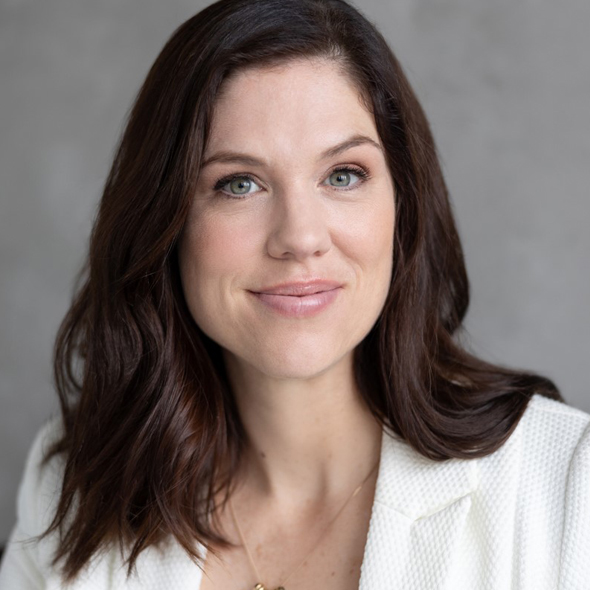We ask a prominent director to share three important lessons from three different professional experiences.
Arlene Tansey FAICD is chair of the Serco Asia- Pacific advisory board. She is also a non-executive director of Aristocrat Leisure Ltd, TPG Telecom, McMillan Shakespeare Ltd, La Trobe Financial and Lendlease Real Estate Investments Ltd, as well as being a board member of the Australian National Maritime Museum Foundation and Council. She is a former non-executive director of WiseTech Global Ltd, Infrastructure NSW and Healius Ltd.
The Lesson: Directors must focus on strategic decision- making and avoid “over-helping”
On one of the first boards I sat on, I initially found it challenging to transition from my role as an executive. It was a government- owned corporation, undertaking a valuation with a view to privatisation. I was familiar with the metrics in the valuation, but the chair gently suggested that perhaps I was “over-helping” management to do their jobs. He was extremely diplomatic, but it made me realise I was intervening.
Our job as a director has two parts — fulfilling our legal obligations and supporting management. It’s preferable to allow management to ask for your views rather than giving them instructions. They need to own the work they do and be accountable for it. There is a delicate balance between letting management do their work and sense-checking what they’ve done. In general, management, particularly the CEO, will reach out, primarily to their chair, but also to members of the board, who will bring skills that add value in preparing a strategy.
As a director, I’ve always believed in demand-pull rather than demand-push.
I will wait for management to ask, or for an appropriate inflection point in which to comment.
Trying to force your views can create a difficult relationship where management may, at times, try to avoid director input. Directors should not tell management how to do their job — they should be helping to enhance the work management is doing.
The Lesson: Constructive engagement with critics is preferable
I’ve learned to consider the views of people who disagree with you. Directors should be more concerned with delivering the best outcome for the long-term sustainable position of the company than being “right” on any particular issue.
This learning came into focus when I took up a board position in a company that had been criticised repeatedly by a strong external activist group. I hadn’t realised before joining the board that the internal view was not to deal with the activists directly. I felt it was important to try another approach, but was the only member of the board who held that view. We had discussions at board level and with senior management. The CFO understood right away and pulled a lot of data together.
Activists often have aligned goals. Sometimes, they want you to do exactly what you’re doing, but faster. Sometimes, they’re seeking disclosure at a level that doesn’t work for the company.
We pulled together two years of activist commentary, looked at everything we’d disclosed and matched off areas where they had expressed concerns. This constructive process helped us respond to them by modifying our disclosures, which also addressed several issues they had raised.
The first time we changed the disclosure, we had a significant response in both the share price and market feedback. Two years later, the share price had increased eightfold.
The Lesson: Understand the metrics of CEO performance
It is important for a director to support the CEO. As someone once said to me, “You have to support the CEO until the day that you no longer do and you replace them”. But in terms of performance, it’s critical for the board to be clear about the standards and metrics the CEO needs to meet — and be rigorous about measuring against them.
Understanding what’s within CEO control and what’s not is important. COVID-19 made us look carefully at the impact of exogenous factors on many of our companies. Some companies found themselves counter-cyclical and did well during the pandemic, but many were challenged, which added to the complexity of understanding CEO performance.
An even bigger challenge is when there is a difference of opinion within the board on the issue. If that discussion is not led well by the chair, it can create dissonance. Experiencing such a situation made me realise you must understand the metrics and have confidence in the CEO to deliver.
The skill is in understanding whether the CEO has done what they’ve been asked to do, ensuring the metrics are correct and fair. This goes to what is within the control of a CEO and what is not.
To penalise the CEO for a disruption in the supply chain during COVID would’ve been unfair and damaged the morale of the CEO and their direct reports.
Latest news
Already a member?
Login to view this content



.jpg)